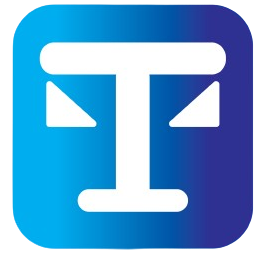The Technology Powering Truster: Advanced Encryption and Robust Security Measures

At the heart of Truster’s success in revolutionizing C2C and P2P transactions lies its cutting-edge technology. The platform’s ability to create a secure environment for online transactions is built on a foundation of advanced encryption and robust security measures. Let’s delve into the technological infrastructure that powers Truster.
Encryption: The First Line of Defense
Truster employs state-of-the-art encryption protocols to protect user data and transaction information, ensuring that both C2C marketplace exchanges and direct P2P transactions remain secure and trustworthy.
End-to-End Encryption:
All communications between users and Truster’s servers are encrypted.
This ensures that sensitive information in C2C sales or P2P payments cannot be intercepted or read by unauthorized parties.
AES-256 Encryption:
Truster uses Advanced Encryption Standard (AES) with 256-bit keys for data at rest.
This is the same level of encryption used by financial institutions and government agencies, safeguarding both P2P money transfers and C2C transactions.
SSL/TLS Protocols:
Secure Sockets Layer (SSL) and Transport Layer Security (TLS) protocols are implemented for all data transmissions.
These security layers create a secure tunnel for data to travel safely across the internet, ensuring trust between C2C buyers and sellers as well as P2P lenders and borrowers.
Secure User Authentication
Truster’s user authentication system goes beyond simple username and password combinations, reinforcing security for both C2C exchanges and P2P financial transactions.
Multi-Factor Authentication (MFA):
Users can enable MFA for an additional layer of security.
This typically involves a combination of something the user knows (password), something they have (mobile device), and something they are (biometric data), protecting both peer-to-peer lending agreements and consumer-to-consumer purchases.
Biometric Authentication:
Integration with device-level biometrics (fingerprint or facial recognition) ensures seamless yet highly secure access.
This is particularly advantageous for P2P micro-loans and C2C product exchanges, where trust and security are paramount.
By merging C2C marketplace capabilities with seamless P2P transactions, Truster provides an unparalleled platform where users can securely buy, sell, lend, and trade with confidence. Its advanced security measures set a new standard for trust in digital peer-driven commerce.



